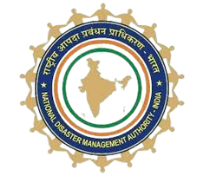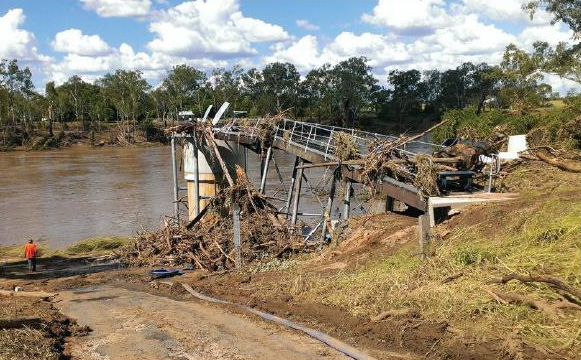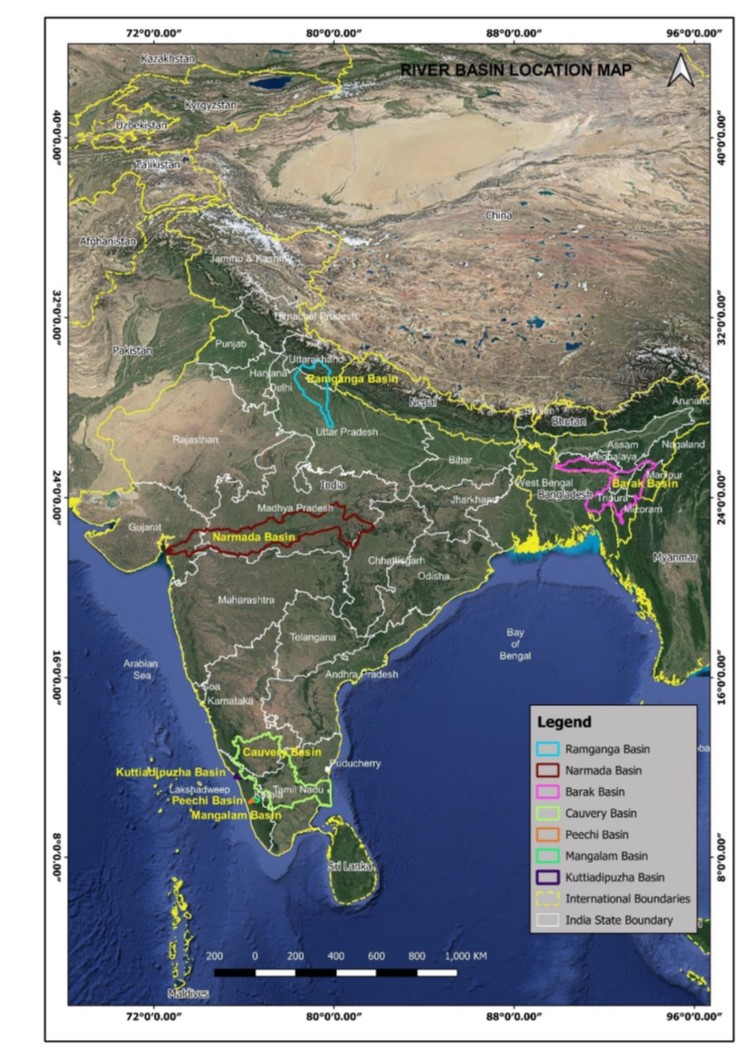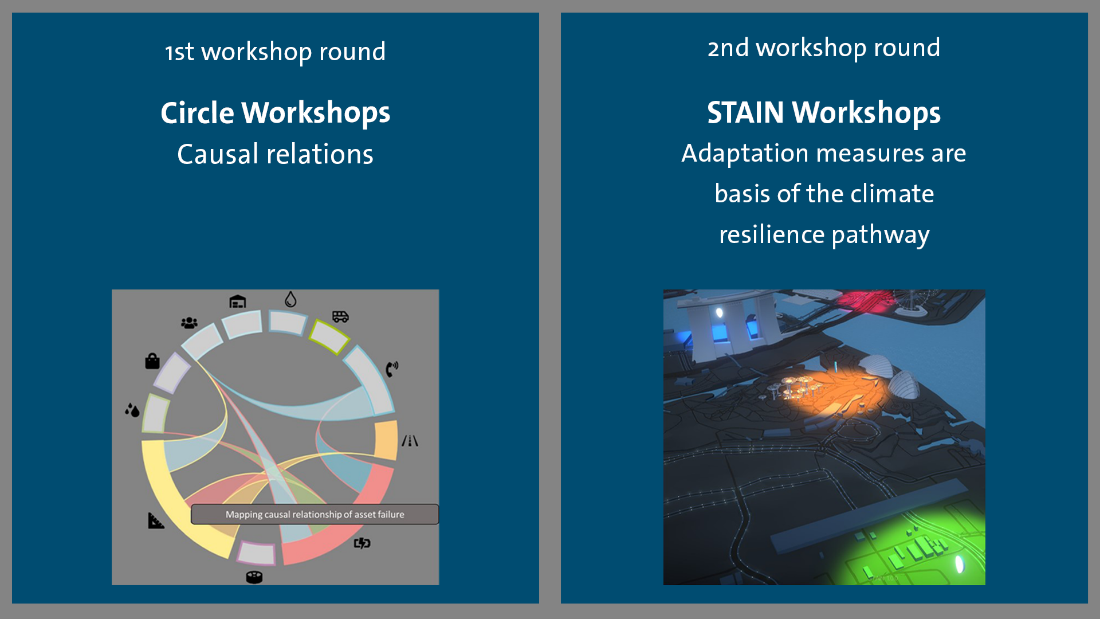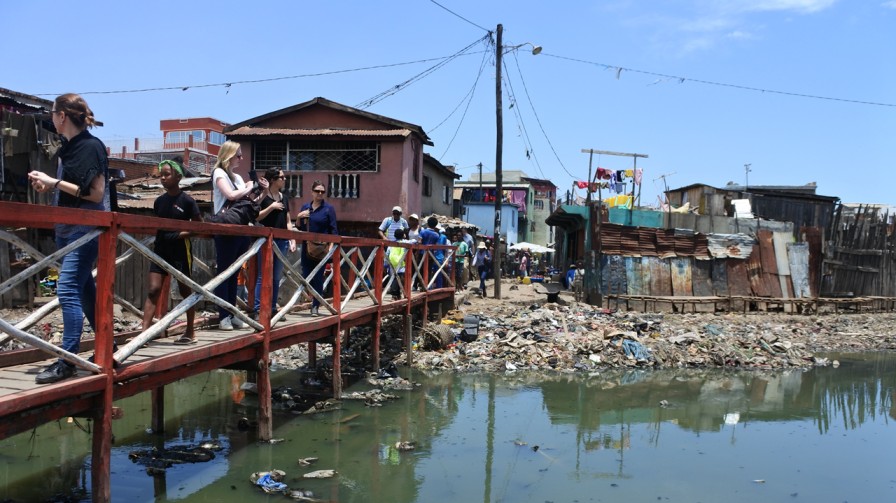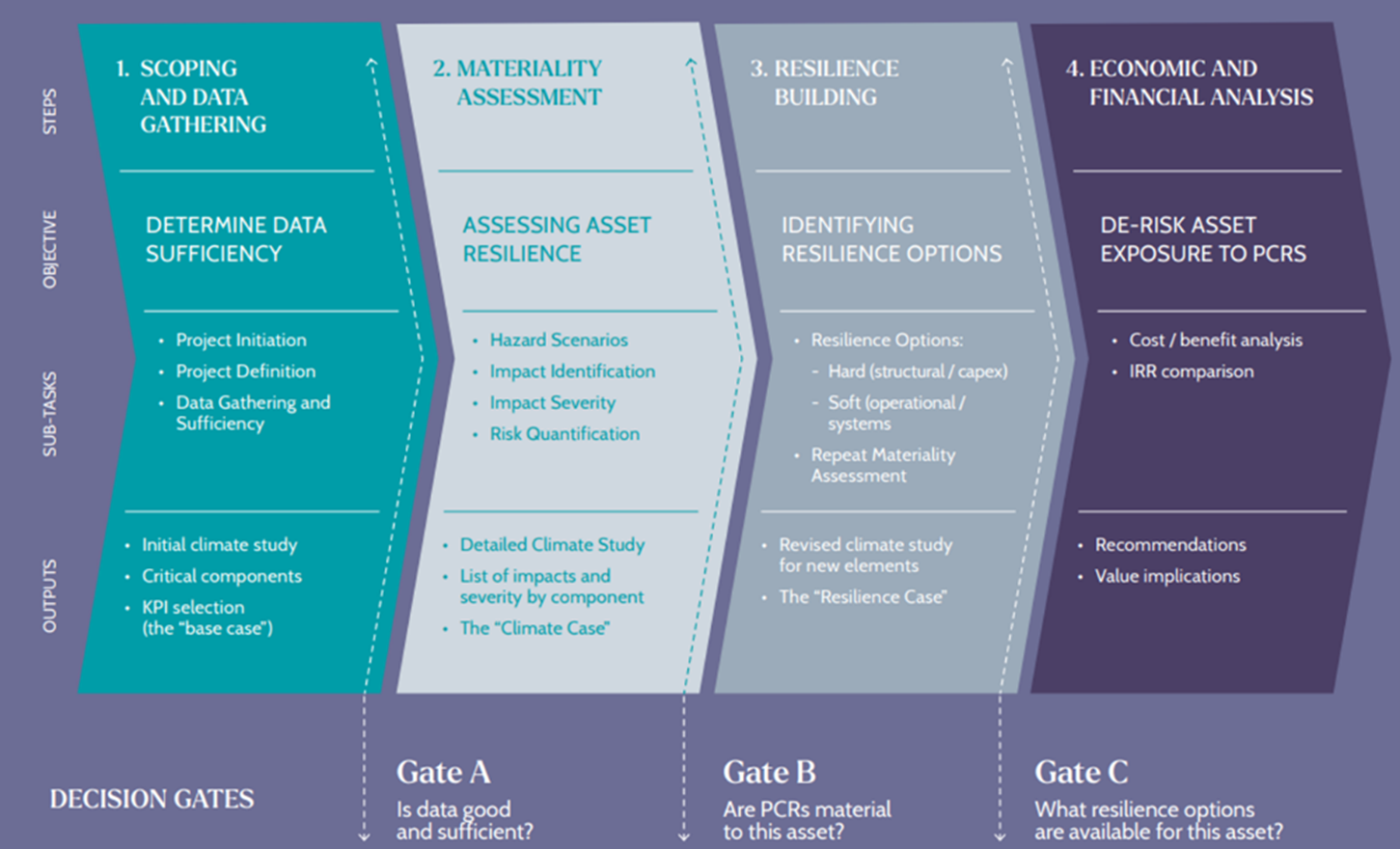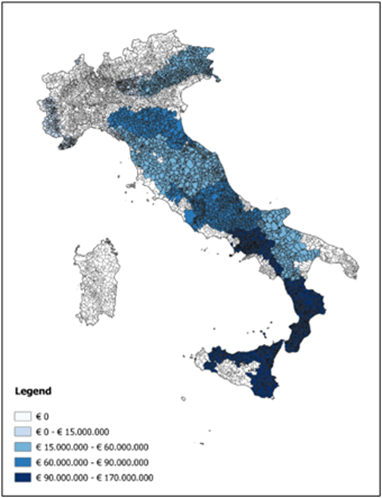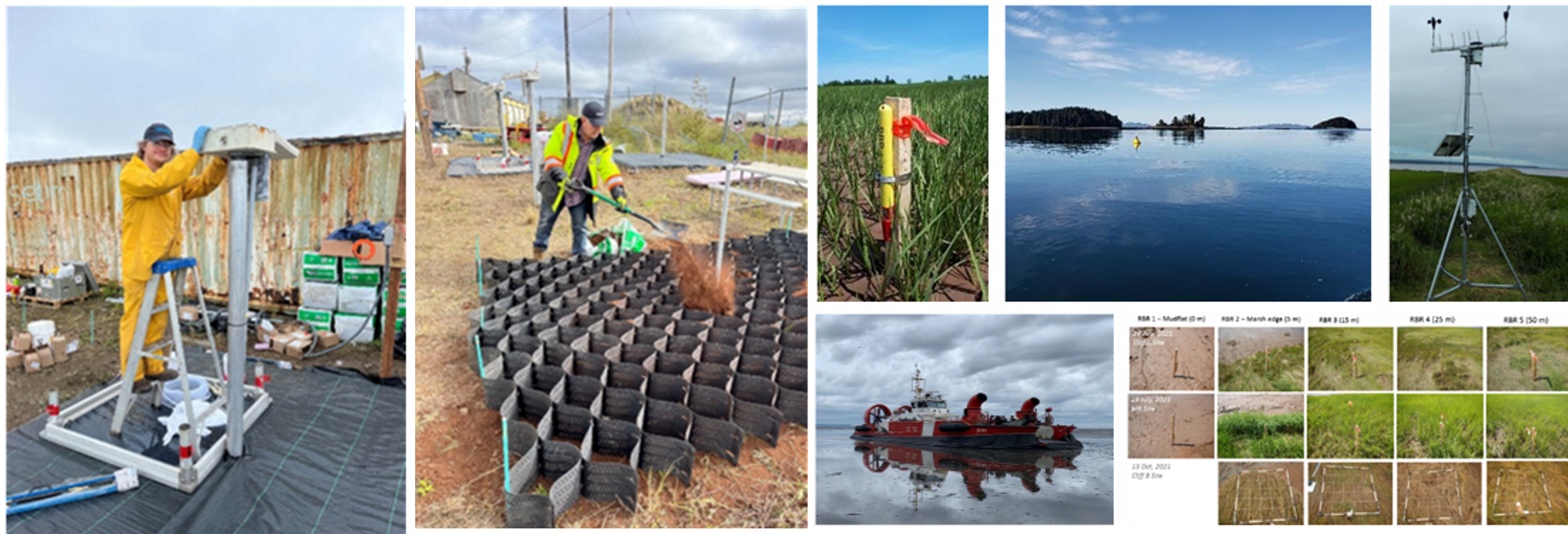In 2019, QRA undertook a cost-benefit analysis of the betterment project at Gayndah. This involved assessing the cost of a standard build back, plus the additional cost for betterment. This was compared to the avoided losses from extreme weather events that had occurred between 2013 and 2019, which would have been of sufficient intensity to damage the original water supply intake station.
QRA uses a binary framework when assessing whether the asset is impacted by an extreme event, with an assessment of either ‘yes’ or ‘no’. If yes, QRA looks at whether it was impacted more, the same or less than a benchmark level (the level of impact before the upgrade through the betterment program). QRA then used standardized rebuild costs to estimate the avoided loss from each of the extreme events between 2013 and 2019 that impacted that asset.
To estimate the costs and benefits for each of the betterment interventions that had been made under the program, QRA needed to collate and collect data from across the state. In particular, the costs of infrastructure vary across the state. To estimate the avoided losses, they needed to know the cost to rebuild in each specific locality. To address this, QRA created benchmark rates and common treatments.
To restore services, each restoration option was associated with certain costs. There were 51 restoration options, e.g., bitumen, guardrail repair etc. and QRA now has a database with estimates of how much those restorations cost across 77 local councils across QLD. The location and description of the projects also needed to be tracked. A database of the geolocation of each project and the work done has been created and is maintained. This allows QRA to track when the projects may have been impacted by an extreme event. Once they identify that a project has been in the path of a natural hazard, agents have access to sites in specific areas to see to what extent the assets have been impacted.
As of July 2021, 334 of the completed projects have been subsequently impacted by natural disasters with 85 per cent having sustained no damage or only minor or superficial damage. Of the betterment projects that have been re-impacted, an investment of 110 million AUD has generated approximately more than 250 million AUD in savings or avoided costs, which is a significant outcome (Information is current as of July 2021).
Co-Benefits of the Initiative:
The calculation of the benefits achieved at Gayndah was part of a broader program to estimate the benefits of the betterment program overall. Since its inception, the betterment program has been applied to over 480 projects. The key audience for the analysis was initially the state and federal treasuries. They were interested in pay-off periods of the betterment investments. The expectation from QRA was that the pay-back period would be around 20 years, which was recognized to be a good result.
However, they found that the cost savings are appearing in less than 10 years. Therefore, avoided costs exceeded reconstruction and restoration costs much faster than expected. It is to be noted that the estimates from this analysis were on the lower side of the benefits (broader benefit beyond infrastructure costs was not considered). The QRA analysis helped advocate for additional funding as it makes a compelling case of the value of betterment. The success of the program and demonstrated value generated has meant there have been several rounds of betterment investment. Since the first betterment fund was established in 2013, more than 480 projects across Queensland – valued at more than 240 million AUD – have been approved, helping to create stronger, more resilient Queensland. Other states and territories are now establishing a similar program or approach. There is also a maturing conversation around betterment, and it is becoming easier to secure requested amounts of funding as it has been proven to benefit state and commonwealth treasuries.
Implementation Challenges and Mitigation Strategies:
Data collection and program management required significant effort. QRA created an internal benchmarking team which specifically aligned to the work of understanding restoration costs across the state. QRA now has a high level of benchmarking granularity compared to other organizations.
Keeping track of the spatial data associated with each betterment project was also critical as this allows QRA to assess when the assets may have been impacted by natural hazard events. Information on the severity and footprint of natural hazard events was important to understand when and where assets may have been impacted. These data collection and management processes are now established and thus future efforts to estimate costs and benefits will be easier to undertake.
Scalability:
The current calculation of the benefits of betterment only focuses on avoided infrastructure damage costs. QRA’s work does not include intangible benefits associated with having more resilient infrastructure.
- This can include social, economic, and environmental benefits such as more connected communities, continuity of telecommunications, road networks and other essential services, increased consumer confidence and business activity, and reduced impacts on the environment (for example, erosion and run off into creek beds and other waterways). If these intangible benefits were included, the total avoided cost figure would be much higher. This is an area of future work for QRA.
- Betterment has been associated with large, exceptional events. QRA are trialing a betterment program that applies to all councils impacted by any event in a financial year, and they are looking for betterment to become available to all public reconstruction programs.
- QRA are also looking at creating guidelines and resilience standards associated with betterment of public infrastructure to further support the expansion of betterment programs.







